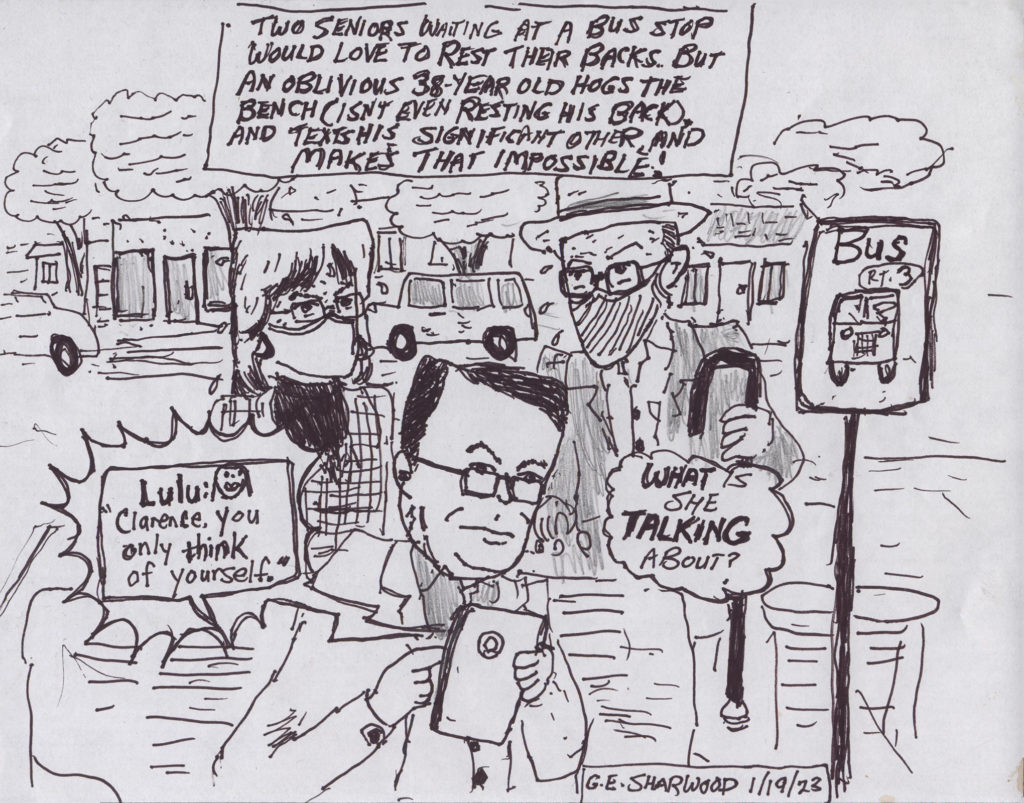

Last Chance Alliance, 11th Hour Project, Third Act—get the message? Time’s up. The remaining question is: Can you handle the radical prescription necessary for humanity’s survival?
Apparently not, because behind those loaded monikers lie familiar campaigns of simple targets and simpler solutions drawn from a playbook written by people with one eye always on their funding sources. If we truly hope to heed the United Nations’ call for a radical restructuring of society, the climate crisis messaging team needs a reboot, its strategists simply the boot.
Whether derailed by the amoral mores of its billionaire backers or diluted by the competing priorities of union leaders (see what the they’ve done to the state Democratic Party), the burgeoning San Joaquin Valley air pollution turned climate movement is adrift, despite the sense of urgency those worrying names are meant to impart.
Movement leaders would proclaim the exact opposite to be true. A large coalition, they would argue, has formed in Last Chance and is focused on the immediate harm and long-term dangers posed by Big Oil & Methane. The fight for oil-jack setbacks has been won in Sacramento and must now, predictably, be defended at the ballot against an oil industry–backed statewide referendum. They might also point to major climate legislation and regulatory policy debates being waged in the state capital.
But for Valley residents these are pyrrhic victory laps, a forced run of incremental steps through our signature haze of wildfire smoke and dairy ammonia laced with diesel exhaust and pesticides. Transactional politics have led many to stay silent on proposals for ill-fated measures, most notably carbon capture at Kern County oil operations, because beneath it all lies a system based on market mechanisms offering “green” investments generating green returns; it’s society’s salvation through redirected consumption.
In short, the message and strategy aren’t working and won’t, certainly not in time. The coming ballot debate over setbacks will throw into sharp relief the chasm between climate messaging and people’s reality, image and substance, wishful thinking and economic disparity. While voters are likely to agree with the obvious need for setbacks, climate activists no doubt hope to use this as an educational opportunity, one in which they engage voters in a deeper climate change debate.
Unfortunately, they won’t go deep enough.
It’s more than wanting to keep voters in their comfort zone; it’s more about staying on their own. The problem is largely a matter of resources and individual backgrounds. Institutional funding to a movement led by white-collar activists virtually guarantees status quo outcomes for Valley residents. From Tom Steyer’s “movement capitalism” with investment opportunities in his Galvanize Climate Solutions fund to Al Gore’s Generation Investment Management, the investor class is calling the shots.
The center of political power in this country lies firmly in the conservative category, not even “leans” conservative, we’re there. Locally, the right wing’s extremities can be found in the Tea Party vs. MAGA battle brewing in the Fresno County Board of Supervisors District 2 race between incumbent Steve Brandau and Fresno City Council Member Garry Bredefeld. It’ll be an ugly contest for the title of most racist, misogynistic, authoritarian, Trump-iest candidate.
The left side of the spectrum is found a little to the right of the true center. Locally, it’s bound there by unions representing construction and oil field workers, groups not renowned for their liberal tendencies, and the Republican-run construction firms with whom they have master contracts with prevailing wage requirements. Together, they elect Democrats to office who, in return, join Republicans and obligingly vote to ignore public health concerns, climate change threats and economic exploitation of their own constituents.
Don’t get me wrong. Public works projects and democratic workplaces are essential to saving civilization from itself. The “building trades,” as they’re known collectively, are one of the last refuges of union membership, though not always union democracy. Equally important, these are the men and women doing the heavy lifting. Many people’s bodies don’t last, injuries are commonplace, workplace deaths a reality. Lists of the most dangerous jobs in America include logging workers, derrick operators, roofers, garbage collectors, ironworkers and power linemen. Most have no union representation.
But the big but in the equation is “but what should we build?” Because that is society’s climate paradox: We must keep functioning yet our activity is doing us in.
